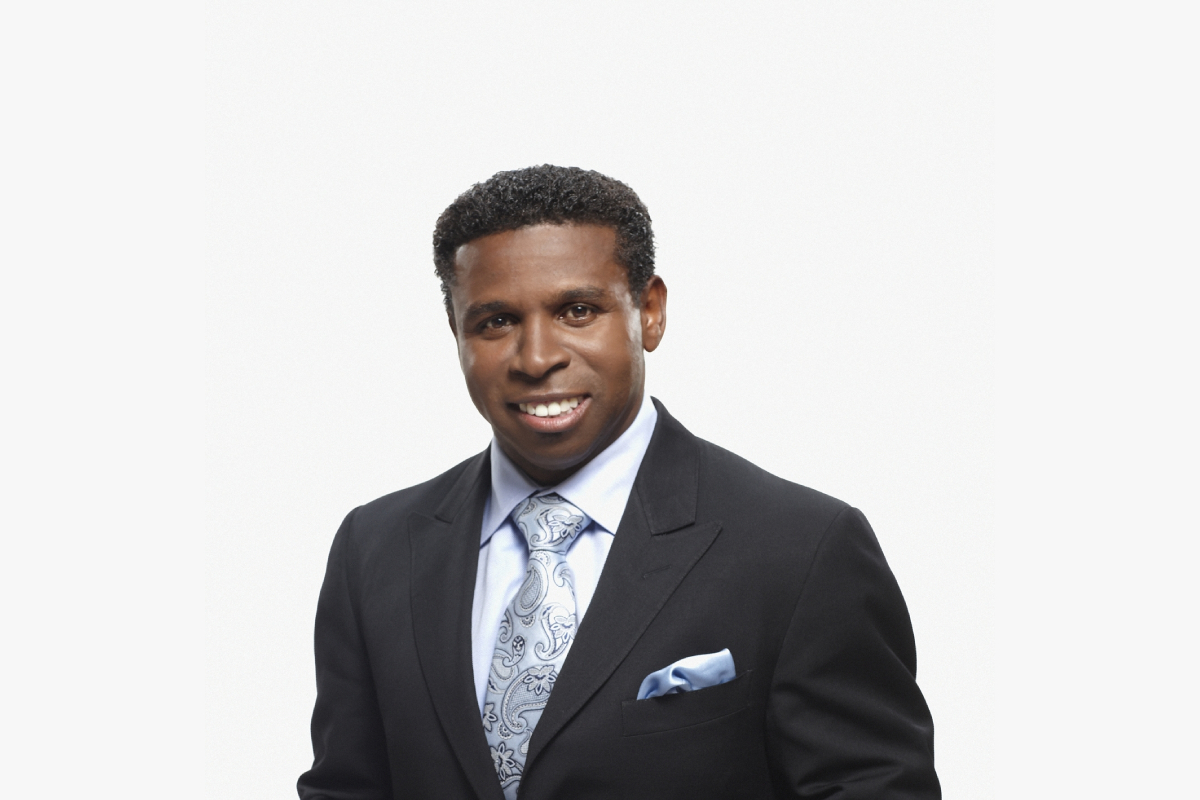Wake up, arrive at the office for 9am, stay until 5pm, go home, have dinner, and then go straight to bed. Maybe you spend some time with your family or watch TV in between. Now, do this four more times with only two days of rest – and repeat this cycle for the rest of your life.
Is the traditional 9-to-5 workday obsolete? Many would say so. There seems to be a general consensus among employees and employers that a shift needs to be made in how the traditional workday is structured. The present-day model doesn’t really promote a healthy work-life balance or stimulate productivity. Too much of a routine can be dangerous. Longer, more rigid hours don’t always equal higher work rates. Employees may be coming in for 40-hour weeks, but if they aren’t using that time wisely due to exhaustion, then businesses are actually losing out in the long run.
The History of the 9-to-5 Workday
The 9-to-5 workday is a product of socialism during the 19th century. It wasn’t until 1890 that the US government started to track workers’ hours. Up until that point, employees could work up to 100 hours a week and there were no laws protecting children. In 1926, Ford Motors was one of the first companies to adapt the 9-to-5 model and helped to make it more mainstream. In 1938, the US congress passed the Fair Labor Standards Act, which made the workweek 44 hours. In 1940, it was readjusted to the five-day, 40-hour workweek we have today.
The Mindset of Millennials and Entrepreneurs
A 9-to-5 simply isn’t for everyone. If you tend to feel trapped easily, especially sitting in a cubicle, despise regiment, hate mundane tasks, and have a problem with authority, then maybe a job in a more creative setting, or of an entrepreneurial nature, would suit you better. At the top of the list, millennials seem to feel the most dissatisfied with the traditional workday structure, placing a higher level of importance on factors like flexibility, impactful/purposeful labour, and economic security. They’re also more willing to seek employment on their own terms and work freelance.
Structured Benefits
The 9-to-5 model does, however, have some major benefits. While some may describe it as soul-crushing, others may refer to it as safe or predictable. Stability and financial security are two of the main reasons why so many people choose to stay at their office jobs for 20-plus years. A 9-to-5 job gives people a set schedule which they can plan around, versus someone who works shifts, like healthcare providers, and don’t always know what their upcoming schedule will look like.
The Possibility of a 4-Day Workweek
Recently, an alternative suggestion has been the “compressed” or 4-day workweek. Employees would work four 10-hour shifts instead, with Friday a third day of the weekend. Experts have argued for and against it; some say that it motivates employees to work harder with an incentive, doesn’t disturb workflow, involves less commuting (which reduces costs for things like gas or public transit), allows employees to avoid peak rush hours, reduces burnout, and promotes outside activities, while others argue that the new working pattern is actually more draining and stressful due to the longer hours during those four workdays. And working parents might see the cost of their daycare services affected.
Our lives are much more than just our jobs. Most people are prioritizing relationships, life experiences, and happiness over accomplishments and materialism; “work to live, don’t live to work” is a common mantra. The 9-to-5 model may have worked in decades past, but times are changing. Our world is constantly evolving, and so is society. Thanks to recent advances in technology, any business can run from a home or out of a remote location. The traditional ways that most workplaces have run are quickly becoming a thing of the past, as the work week becomes more and more fluid.
However, at the end of the day, no work schedule will matter if you have purpose in your life. Regardless of the time of day or week, the hours will fly by if you’re satisfied with what you’re doing.
The Edge Team | Staff Writer


















